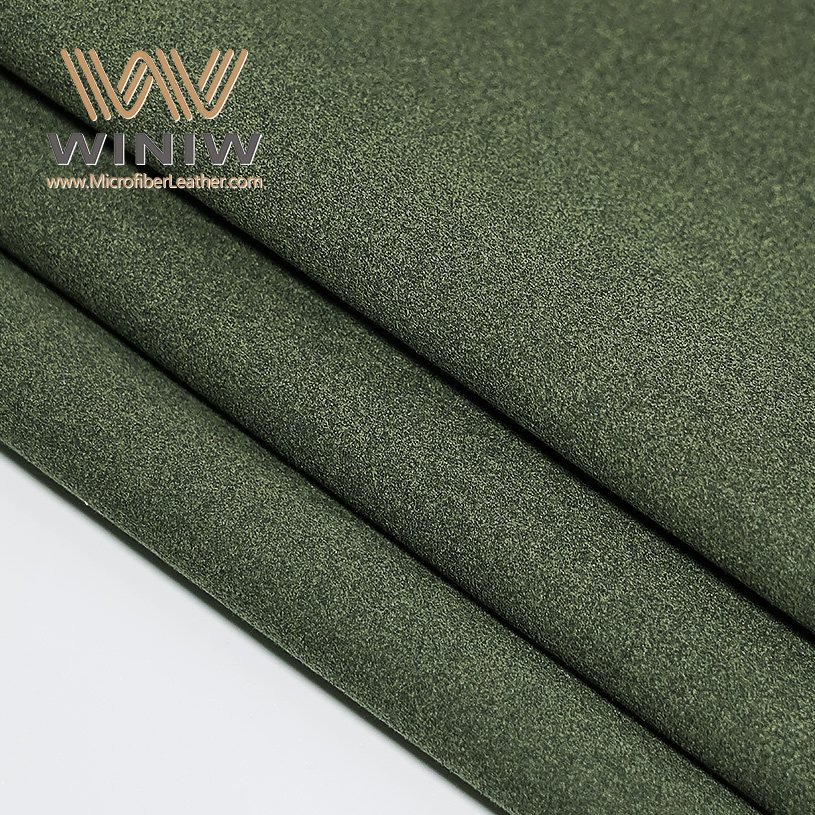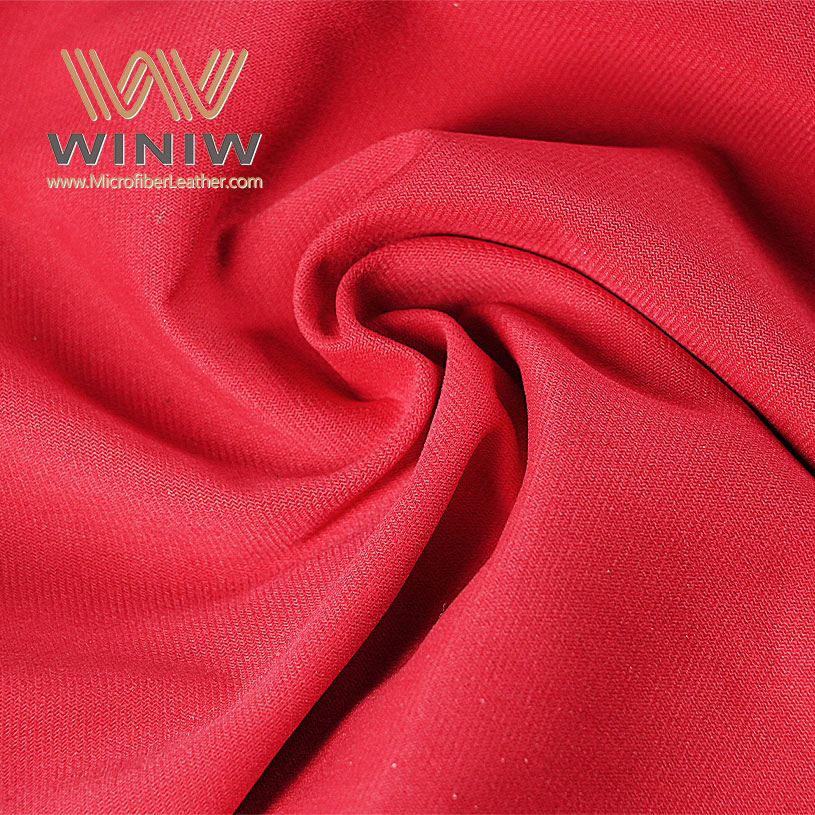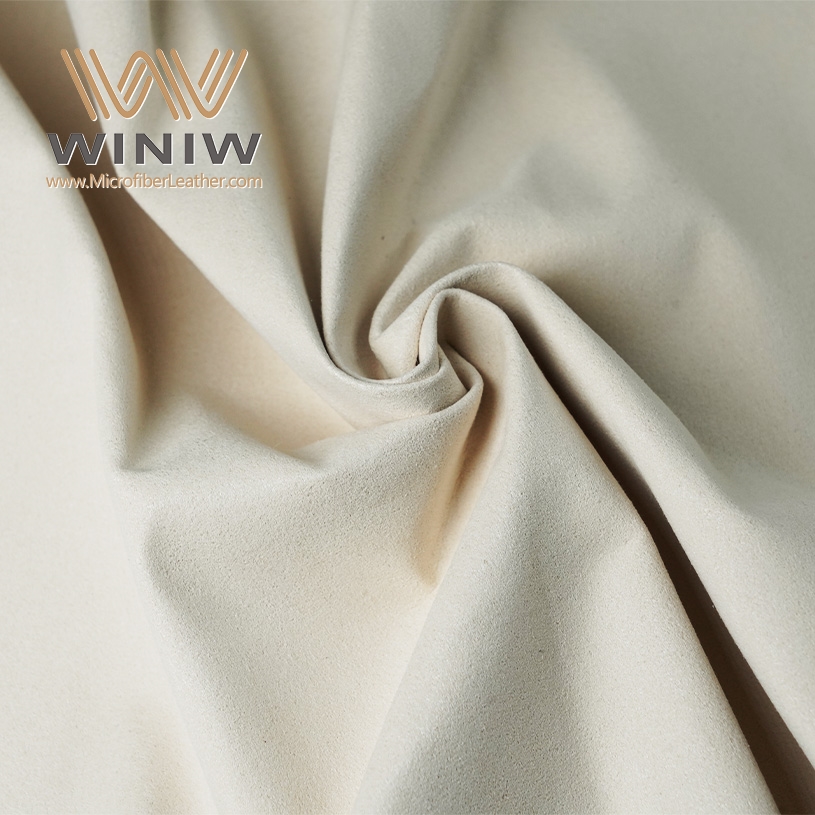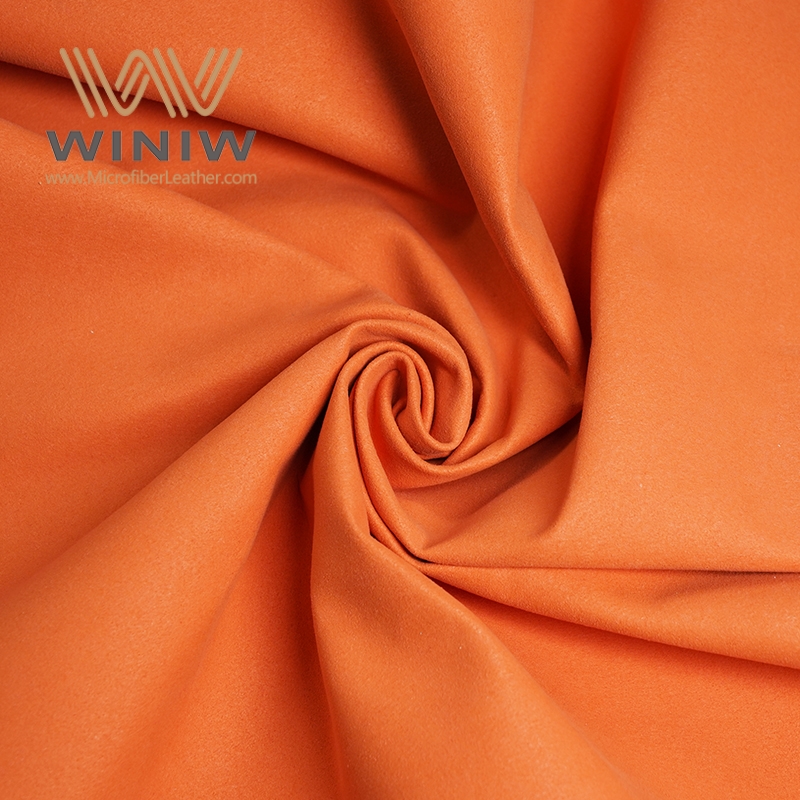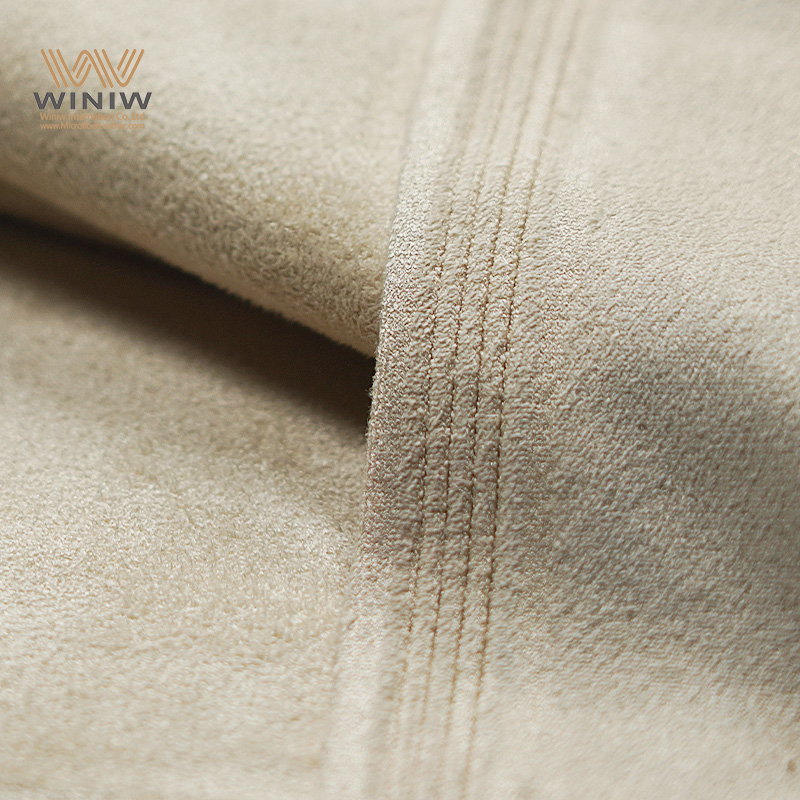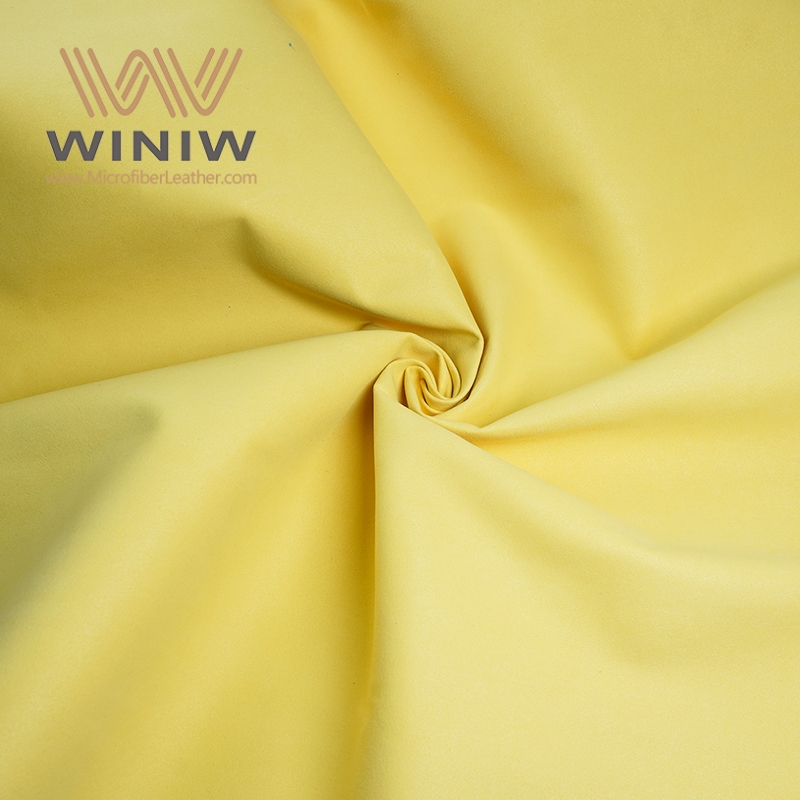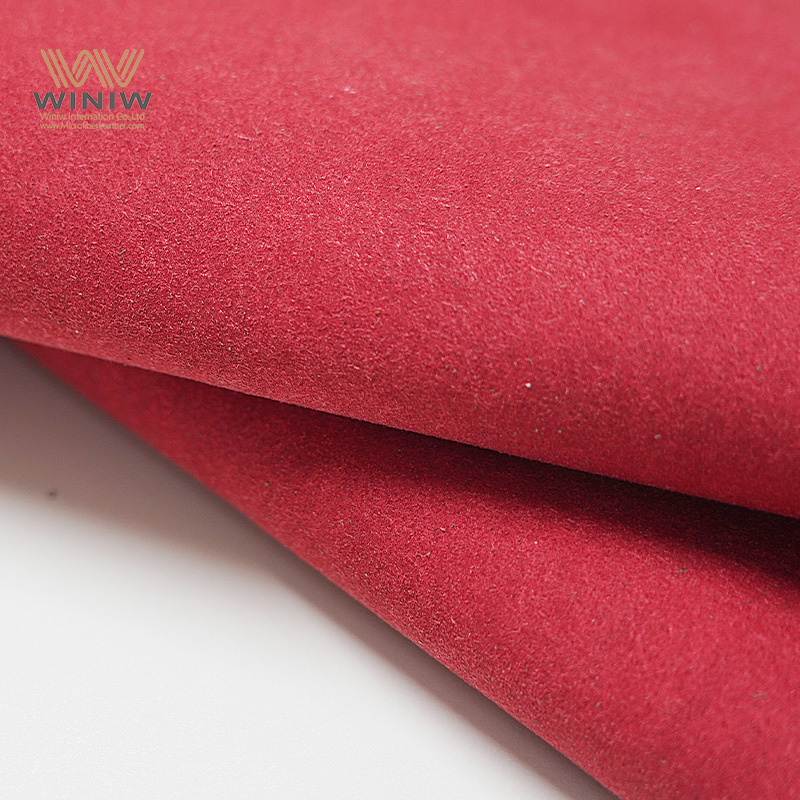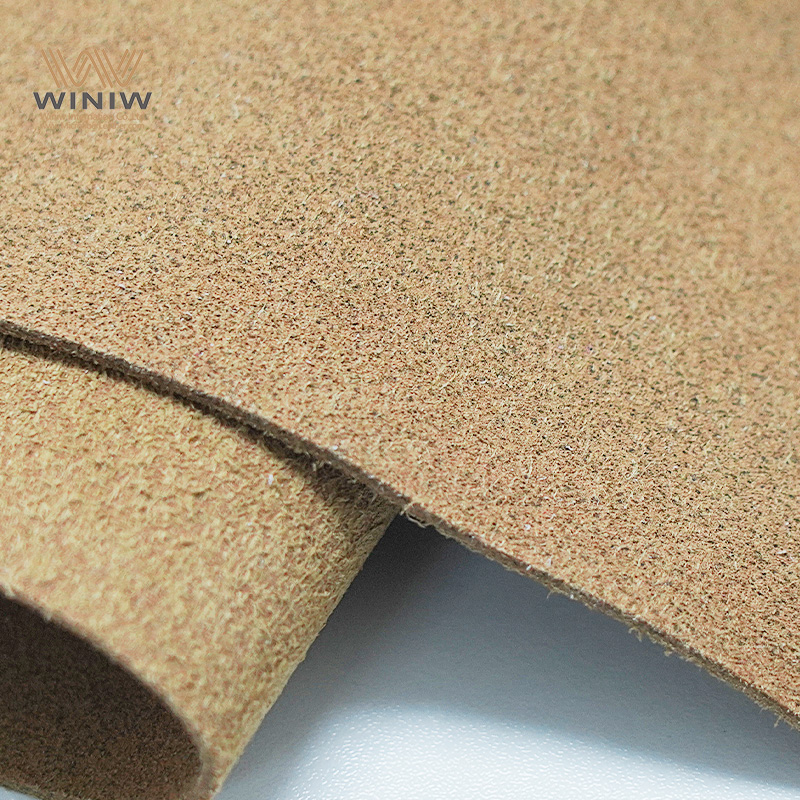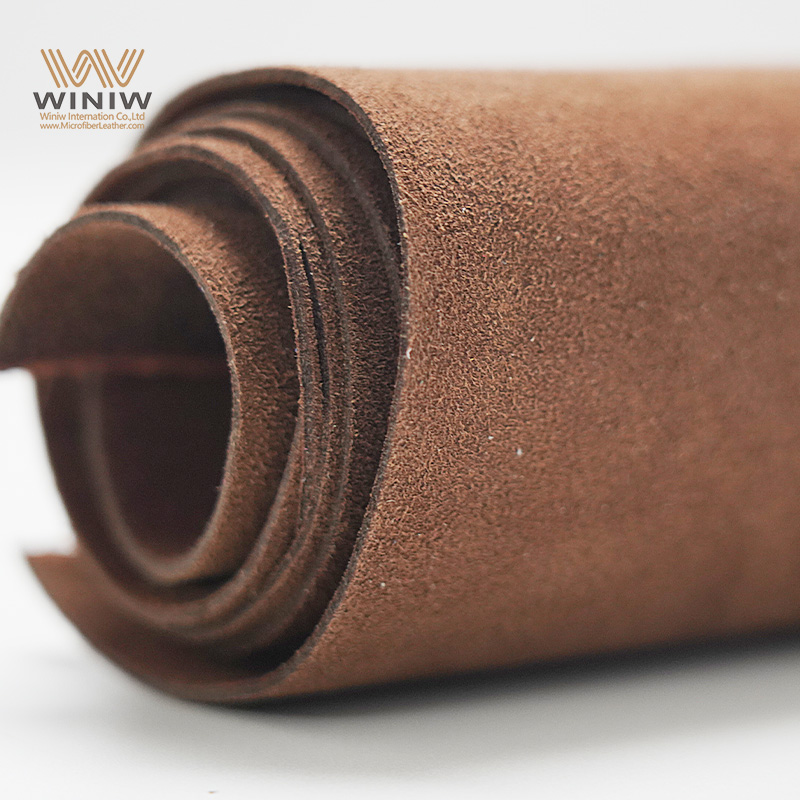What is the difference between real suede and fake suede?
Let's talk about the difference between real suede and fake suede. First, let's understand what each of them is.
Real suede is made from the underside of animal hides, usually from cows. The process to make it involves splitting the hide and then buffing or sanding the inner layer. This gives it that soft, fuzzy texture that we all know. It's a natural material that has been used for a long time in making things like clothing, shoes, and car interiors.
Fake suede, on the other hand, is made from synthetic materials. It's man-made and there are different types. For example, microsuede is made from very fine polyester fibers. Faux suede and synthetic suede are also terms used to describe these imitation materials. They are designed to look and feel like real suede but are created in factories using chemicals and fibers that don't come from animals.
Now, let's look at the differences in more detail.
One big difference is in the texture. Real suede has a very unique texture. It's soft and fuzzy in a way that's hard to replicate exactly. When you touch it, you can feel the natural fibers. They have a bit of a give to them, and they're not perfectly uniform. Fake suede can feel soft too, but sometimes it might feel a bit more synthetic. The fibers in fake suede, like those in microsuede, are often more evenly woven and might not have that same natural variation in texture as real suede.
The appearance is also different in some ways. Real suede has a certain richness to it. It has a natural look that comes from being an animal product. The color can have a depth and warmth that's hard to find in fake suede. Fake suede might look a bit more shiny or plasticky in some cases, especially the cheaper versions. High-quality fake suede can look very close to real suede, but if you look closely, you might notice that it lacks that organic, natural look of the real thing.
When it comes to durability, fake suede often has an advantage. Real suede can be quite delicate. It stains easily. If you spill something on it like coffee or juice, it can leave a mark that's hard to get rid of. Water can also damage real suede. If it gets wet and isn't dried properly, it can change texture or even get moldy. Fake suede, especially microsuede, is more resistant to stains and moisture. You can usually wipe it clean with a damp cloth, and it doesn't have the same issues with water damage.
The cost is another factor. Real suede is generally more expensive. Since it comes from animal hides, and there's a lot of processing involved in getting that soft suede texture, it can cost a lot more than fake suede. Fake suede is made in factories using synthetic materials that are often cheaper to produce, so it's more affordable for many people. This is why you'll find a lot of clothing and furniture items made with fake suede that are more budget-friendly.
In terms of cleaning, they require different approaches. For real suede, you need special cleaners that are made for leather. You have to be careful not to use harsh chemicals or scrub too hard. You usually blot stains instead of rubbing them. Fake suede can be cleaned with mild soap and water in many cases. As we said before, just wiping it with a damp cloth can often do the trick, which makes it a lot easier to maintain.
Breathability is something else to consider. Real suede is a natural material and it has some degree of breathability. This means that when you wear something made of real suede, like a jacket, it can let some air through and keep you more comfortable. Fake suede, especially those made from polyester, might not be as breathable. In hot weather, you might find that you feel a bit stuffy or sweaty if you're wearing fake suede clothing.
The environmental impact is also different. Real suede comes from animals, and there are concerns about the environmental footprint of the livestock industry that provides the hides. However, it is a by-product of the meat industry, so in a way, it's using a resource that might otherwise go to waste. Fake suede is made from synthetic materials, which are often made from petroleum products. Producing these synthetic materials can have its own environmental consequences, like contributing to pollution and using non-renewable resources.
In fashion, the perception of real suede and fake suede can vary. Some people prefer real suede because they think it looks more luxurious and has that authentic feel. But many others choose fake suede for ethical reasons, like not wanting to use animal products. In car interiors, fake suede is becoming more popular because it's easier to clean and maintain, while real suede is still seen in some luxury or high-end vehicles for that classic, upscale look.
In furniture, too, fake suede is a common choice for households with kids or pets because it can withstand more wear and tear. Real suede furniture might be more delicate and require more careful use.
Another difference is in the way they age. Real suede might develop a nice patina over time. It can get a bit more worn in a way that some people find charming, like on an old leather jacket. The color might fade in a natural way that gives it character. Fake suede, on the other hand, might not age as gracefully. It could start to look worn out or lose its texture more quickly if it's not of high quality.
Overall, real suede and fake suede have their own sets of characteristics. Real suede offers a natural, luxurious feel but comes with higher maintenance and cost. Fake suede is more practical in many ways, being easier to clean and more affordable, but it might not have that exact same authenticity as the real thing. It really depends on your personal preferences, needs, and values when it comes to choosing between them.


